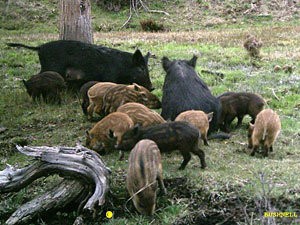According to Rick Boatner, The Oregon Department of Fish and Wildlife Invasive Species Coordinator and Oregon Invasive Species Council (OISC) Member, inspections in Oregon found two mussel-transporting boats over the May 11-13 weekend, bringing the 2018 year-to-date total to 6.
As of May 15, inspection numbers in Oregon are at 1,665 watercraft at the Central Point station near Ashland, 1,777 watercraft at Ontario, 153 at the recently opened Klamath Falls station, 197 at Gold Beach-Brookings, and 538 at Umatilla. The inspection station in Burns will be open early next month. Oregon has also intercepted 51 boats through mid-May with invasive aquatic plants, mostly Eurasian Watermilfoil.
To learn more about why it's important to Clean, Drain, and Dry all motorized and non-motorized watercraft,
check out our Clean, Drain, Dry Campaign page!
Original Article Information:
By Brad Carlson, Capital Press. Published on May 24, 2018.
Click here to read the full article




